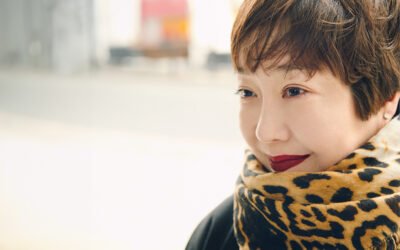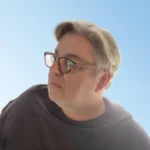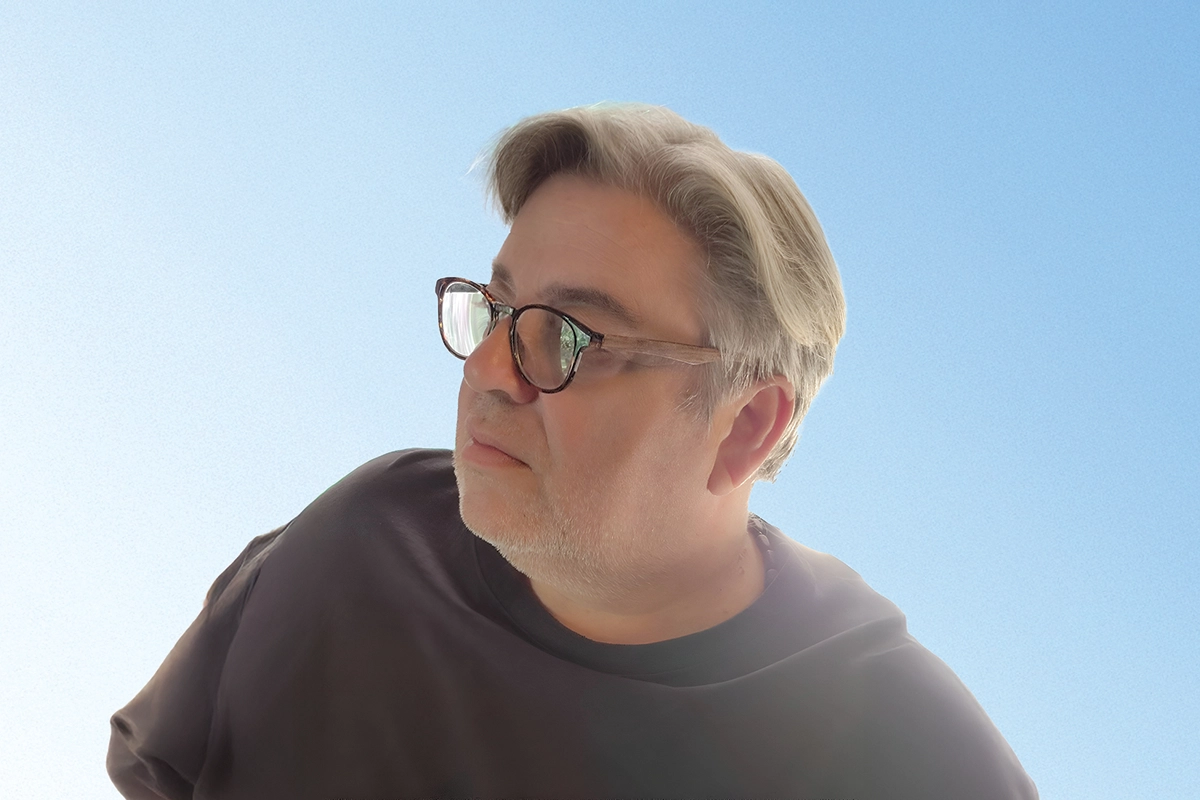A Journey Through Paradox and Philosophy with Rimma Gerlovina and Valeriy Gerlovin

The art of blending Russian conceptualism with Western freedoms in a quest for timeless meaning
Rimma Gerlovina and Valeriy Gerlovin share insights on their journey from Soviet conceptualism to international acclaim, exploring the philosophical and mythological layers of their collaborative art and its impact on global audiences.
Rimma Gerlovina and Valeriy Gerlovin have charted an extraordinary journey through the art world, beginning as pioneering voices in the underground conceptual art movement of Soviet Russia and later becoming influential figures in American and European contemporary art scenes. Their groundbreaking works, infused with philosophical and mythological layers, navigate the interplay of the universal and the individual, the transcendent and the tangible. With numerous solo exhibitions at major institutions, including the Art Institute of Chicago and the New Orleans Museum of Art, and group shows in such prestigious venues as the Venice Biennial, the Guggenheim, and the Centre Pompidou, the Gerlovins have established an international legacy that speaks to both the deeply personal and the profoundly collective aspects of human experience.
At the heart of their art is an eloquent exploration of paradoxes, woven through a visual and textual language that speaks to the mysteries and contradictions of existence. Through series such as Thought of Thoughts, they invite viewers to question boundaries between image and word, essence and form, subject and observer. With works held in permanent collections at the Tate Modern, Centre Pompidou, and State Tretyakov Gallery, the Gerlovins’ contributions continue to challenge, engage, and inspire, leaving a lasting impact on the contemporary art landscape. Their art, like their lives, reveals a journey led by an unquenchable drive to illuminate the human condition, transcending cultural and temporal boundaries.
In this exclusive interview for Mosaic Digest Magazine, Rimma and Valeriy delve into the evolution of their art, the philosophical underpinnings of their creative process, and the unique dynamics of their collaborative practice. From reflections on their Soviet roots to insights into their artistic partnership, the Gerlovins share a vision that merges the conceptual with the intimate, offering readers a rare glimpse into the world of two remarkable creators whose work continues to resonate on a global stage.
Rimma Gerlovina and Valeriy Gerlovin are visionary artists whose work transcends boundaries, illuminating the human condition through captivating layers of paradox and wisdom.
Your work spans from the underground conceptual movement in Soviet Russia to prominent exhibitions in the United States and Europe. How did your experiences in Soviet Russia shape your approach to art, and how has your perspective evolved since relocating to America?
We perceive the different periods in our art in totality as one organic union or a live organism. Russian conceptual art was brewing in the isolated, virtually hermetic vessel of the Soviet Union, whose constitution permitted almost everything de jure but prohibited it de facto. Our art is always our thread of Ariadne that leads us through the labyrinths of life, as in Russia and so in America. Feeding not on the temporal but on the archetypal, geographical localities become insignificant. The ancients aptly expressed it in their proverb, “All that is mine, I carry with me.” In the many-tongued art world of New York, our artwork began to grow in content, medium, and size. However, together with the West’s creative freedom, we experienced some sort of regression into a chaotic, motley art world. New York is a conglomerate of everything from everywhere; it stimulates the exteriorization of relationships at the expense of internal values.
Philosophical and mythological themes are central to your work, often explored through paradoxes. How do these concepts influence the visual and conceptual aspects of your art, and what role do they play in your creative process?
Human life is full of zigzags, often conforming to one another through a series of paradoxes hidden behind the limitations we experience. As a counterpoint to this truth in our art, we try to unite essence with nonsense with the help of the sense. Nature itself is full of magical tricks. For example, the adult of the so-called Paradoxical Frog is less than a third the size of its tadpole; even that can be related to human society. Why not? Different scriptures stressed that those who wish to become wise must be like children? However, it is hard to find those who are willing to undertake such a feat among the learned. Artists have fewer limitations.
Your series Thought of Thoughts and other written works complement your visual art. How do you see the relationship between writing and visual art in your practice, and how do these two forms of expression inform each other?
One of our friends said our photographs remind him of an illuminated manuscript of indeterminate origin.
We developed our photographic discourse as a sutra that carries a conceptual thread and binds together photographic beads like a rosary (precisely the meaning of sutra in Sanskrit). The roles of the observers and the observed are extended into the unifying state of being the observatory itself. If you believe the Buddhist catechism that all that we are is the result of what we have thought, you simply see this result condensed in the series of books Thought of Thoughts. It visually and verbally shows our minds’ dynamics, like a theatre of consciousness, with deviations into supra- and subconscious content.
You’ve had solo exhibitions at major institutions like the Art Institute of Chicago and The New Orleans Museum of Art. How do you feel your work resonates with audiences in different cultural contexts, especially given your deep philosophical underpinnings?
We appreciate all those people who were open to our message so we did not feel we were talking in vain. To confirm these facts, we shall cite two fragments of the written stuff and let them stand for the whole.
“The Gerlovins have reclaimed their faces, torsos, hair, and hands and made of these materials evangelical media.” J. L. Cohen, Art News
“These works envision a nondimensional, nontemporal, nonphysical world.” L. Weintraub, A. Danto, and T. McEvilley, book Art on the Edge and Over
Your art has been part of several significant group exhibitions, including at the Venice Biennial, the Guggenheim, and the Centre Pompidou. How do you approach creating work for such prestigious group shows, and how do you see your work in conversation with other artists in those settings?
Akin to mythological patterns, which transmit culturally rooted ideas, even our early works made in Russia seem to be cross-cultural at their core, precisely as providence deemed our lives to become. Creative people use language peculiar to their time and location, bringing their own distinctiveness and force into the reiteration of the main theme. That is to say, the main theme of the lifetime concept is constantly repeated in each generation. Sometimes, it seems life has happened to us, as well as exhibitions.
With works featured in major museum collections around the world, from the Tate Modern to the Tretyakov Gallery, how do you hope future generations will interpret and engage with the ideas and concepts that underpin your art?
Art can bring the archetypes into time and evoke intuition. We hope that the sacred can enter the everyday world via the artwork and somehow influence the viewer. Perhaps our aesthetical quest, psychological dramatization, and their analytical synopsis might inspire others too.
Explain how you work as a couple?
We would formulate the answer as a question: “Am I me?” Working together and separately, we seem to be one another. The dynamic symmetry of male/female opposites is maintained through the perpetual interchange that unites by dividing and gives by taking. Every artist is an artwork in itself, and we, working together and separately while remaining true to ourselves, were simultaneously each other. Perhaps we are brought together by our identical karmic trajectory.













